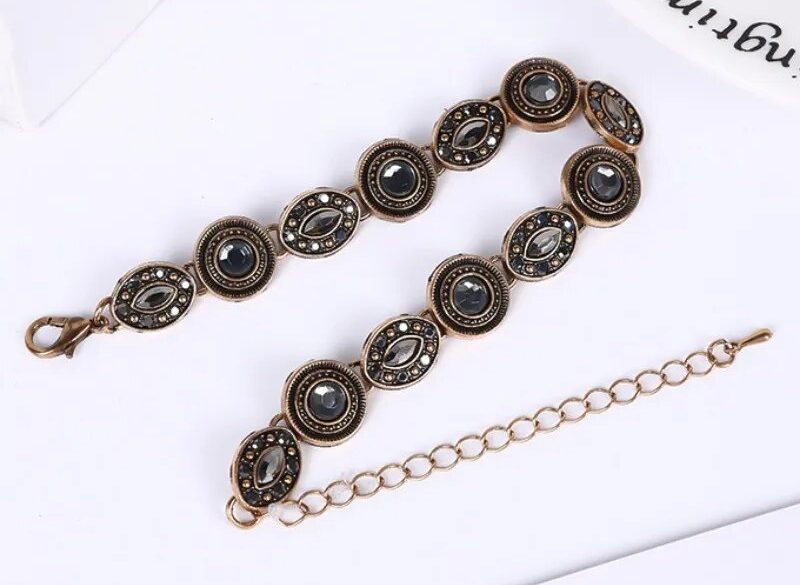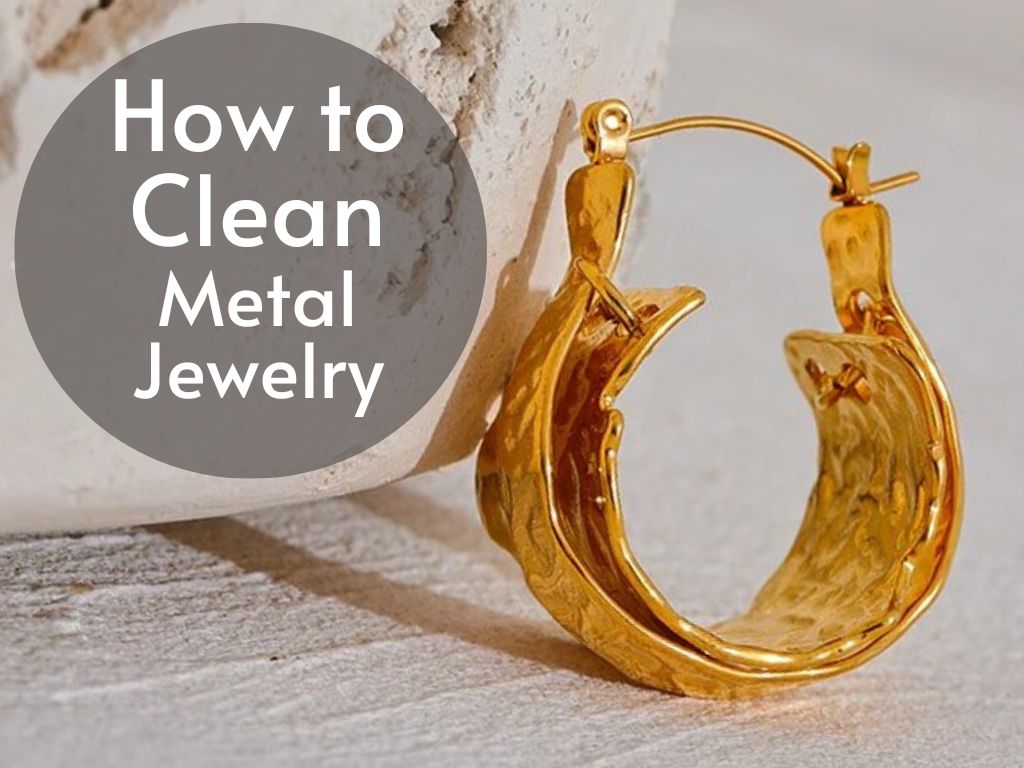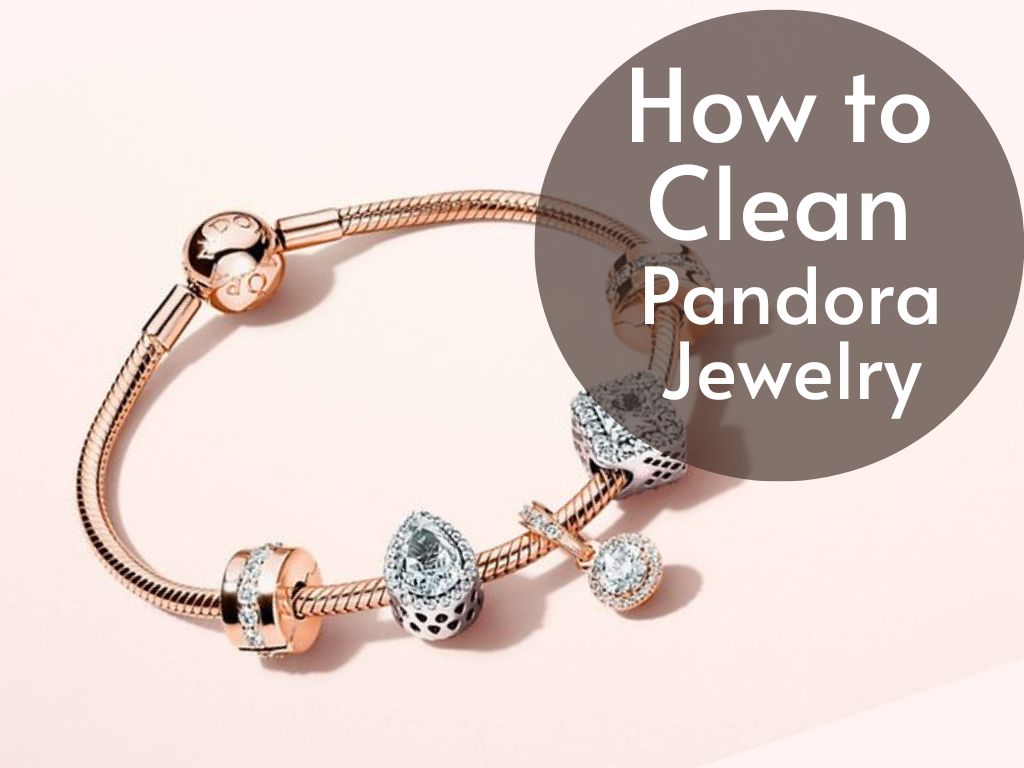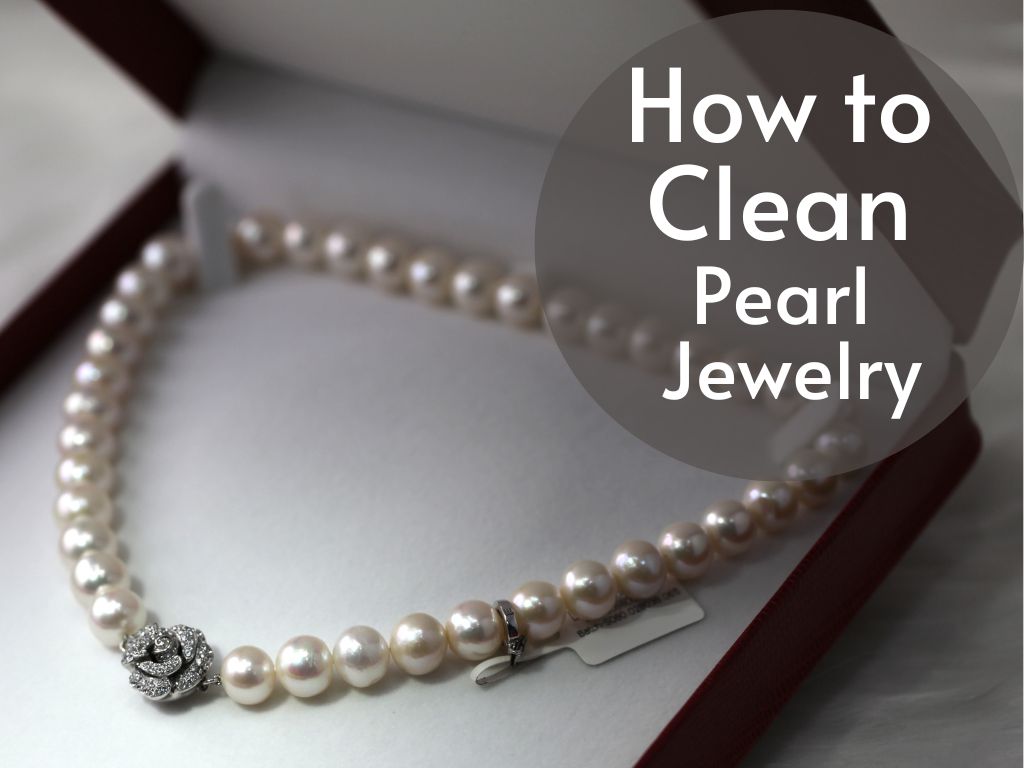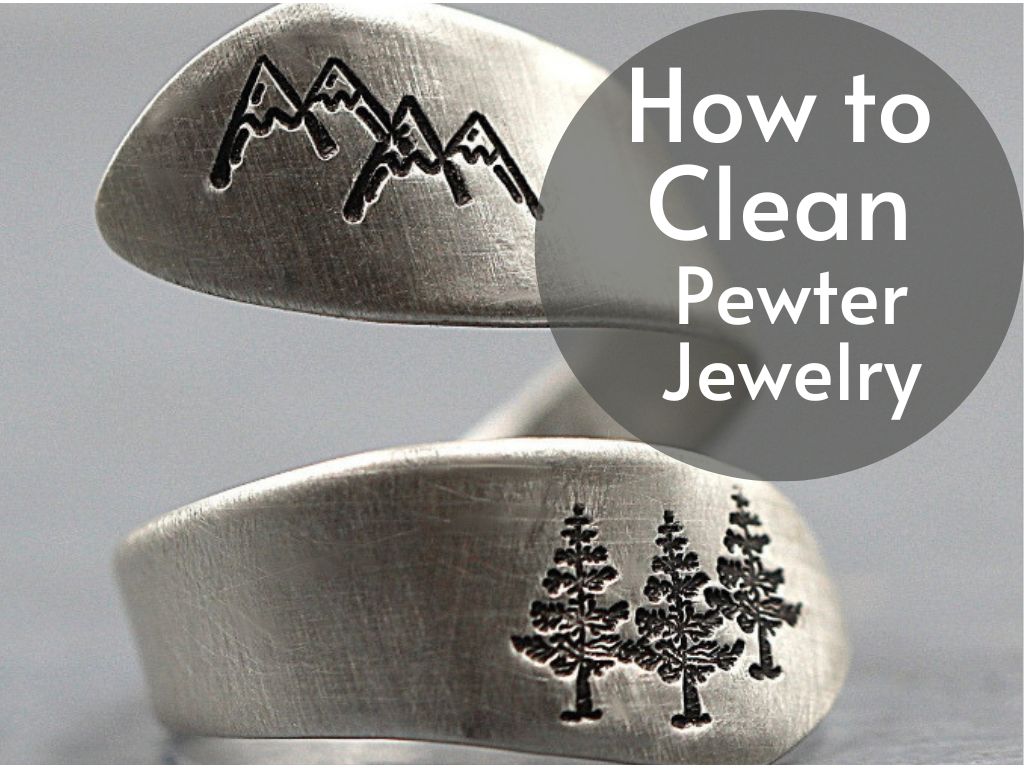Bronze jewelry has a rich history that spans across various cultures, making it an alluring choice for those seeking unique and timeless pieces. Dating back to ancient times, bronze jewelry holds a significant place in human adornment. From the elegant Etruscan pieces of ancient Rome to the intricate designs of Greek civilization, bronze jewelry has been cherished for its exquisite craftsmanship and distinctive beauty.
Throughout history, bronze jewelry has served not only as a form of personal adornment but also as a symbol of wealth, status, and cultural identity. In ancient Egypt, for example, it was believed that wearing bronze jewelry would bring protection and good fortune to the wearer.
Similarly, in China and India, bronze jewelry held symbolic meanings associated with spirituality and divinity. While bronze is valued for its durability and ability to withstand the test of time, proper cleaning is essential to maintain its beauty and longevity.
Over time, bronze jewelry may develop a natural patina or tarnish caused by exposure to air, moisture, or chemical reactions with substances like perfume or perspiration. If left unattended, these factors can gradually dull the luster and intricate details of your treasured pieces.
Brief History of Bronze Jewelry
Bronze itself is an alloy made primarily from copper mixed with varying amounts of tin. The discovery of this alloy revolutionized metalworking during the Bronze Age (3300–1200 BCE), leading to advancements in tools, weaponry construction – including armor – as well as ornamental objects such as pottery molds and decorative items.
The significance of bronze extended beyond its practical applications as people recognized its aesthetic appeal too. Particularly during ancient times when gold availability was limited or reserved for royalty alone due to scarcity or social norms surrounding precious metals’ accessibilities.
Civilizations such as Ancient Greece embraced bronze casting techniques extensively; they created magnificent sculptures representing gods and heroes which later inspired artisans in other cultures. Notable works include the bronze statue of Zeus at Olympia, one of the Seven Wonders of the Ancient World.
Additionally, bronze jewelry became popular among the Greeks, incorporating intricate designs and mythological symbols into their pieces. In ancient Egypt, bronze held both religious and societal significance.
The Egyptians employed bronze in crafting amulets that they believed would protect them from evil spirits and bring good fortune. Pharaohs were also buried with bronze jewelry as a symbol of their power and status in the afterlife.
Importance of Proper Cleaning for Bronze Jewelry
Proper cleaning is vital to preserve the beauty and longevity of your cherished bronze jewelry pieces. Bronze is susceptible to tarnish, which appears as a dull or discolored layer on its surface due to oxidation.
This tarnish not only diminishes the visual appeal but can also impact the structural integrity of your jewelry over time if left unaddressed. Furthermore, dirt buildup or exposure to chemicals can further accelerate the deterioration process.
Perfumes, lotions, and even sweat contain acids that can react with bronze alloys, causing damage or discoloration. Regular cleaning helps prevent these issues by removing dirt, oils, and contaminants that may accumulate on your jewelry’s surface.
By following proper cleaning techniques tailored specifically for bronze jewelry, you can restore its original luster and maintain its exquisite appearance for generations to come. The next section will delve into understanding different types of bronze jewelry and common issues faced by them so you can better identify how best to care for your unique pieces.
Understanding Bronze Jewelry
Composition of bronze: copper and tin alloy
Bronze, one of the oldest known alloys, is a fascinating mix of copper and tin. Known for its durability and versatility, this metal blend has been utilized in the creation of various artifacts for centuries. The specific ratio of copper to tin can vary, resulting in different types of bronze with unique characteristics.
Generally, bronze contains approximately 90% copper and 10% tin, although slight variations are common. This precise composition contributes to the exceptional luster and strength that make bronze jewelry highly desirable.
Different types of bronze jewelry: rings, bracelets, necklaces, etc.
Bronze jewelry encompasses an array of captivating adornments suitable for any fashion enthusiast. From rings that grace delicate fingers to bracelets that elegantly encircle wrists and necklaces that drape gracefully around the collarbones—the possibilities are vast.
Each type carries its own distinct charm and allure. Bronze rings often feature intricate designs inspired by ancient cultures or contemporary creativity.
Bracelets can vary from dainty chains to bold cuffs adorned with decorative elements like gemstones or symbols rich in cultural significance. Necklaces crafted from bronze can range from delicate chains with small pendants to statement pieces featuring large focal points intricately carved or molded.
Common issues faced by bronze jewelry: tarnish, patina, dirt buildup
Despite its enduring beauty and resilience, bronze jewelry is not impervious to the effects of time and environmental factors. Tarnishing is a common issue encountered due to exposure to air and moisture which results in a darkening or discoloration on the surface of the metal.
However, tarnish can be easily managed with proper care and cleaning techniques. Another phenomenon associated with bronze is patina—a natural oxidation process that occurs over time when exposed to certain chemicals or pollutants present in the environment.
Patina results in a characteristic verdigris or greenish-blue hue, which can enhance the aesthetic appeal of bronze jewelry, particularly vintage or antique pieces. Additionally, dirt and debris can accumulate on the surface of bronze jewelry, diminishing its radiance and obscuring intricate details.
Regular cleaning is essential to remove these impurities and restore the jewelry’s original splendor. In delving deeper into understanding bronze jewelry, we unravel its composition as a unique blend of copper and tin, which grants it exceptional durability and captivating characteristics.
Furthermore, exploring the different types of bronze jewelry uncovers a wide range of options to suit individual preferences and styles. Acknowledging the common issues faced by bronze jewelry—such as tarnish, patina formation, and dirt buildup—sets the stage for implementing effective cleaning techniques to preserve its timeless allure.
Preparing for Cleaning
Gather necessary supplies
Before embarking on the task of cleaning your treasured bronze jewelry, it is important to gather all the essential supplies. This ensures that you have everything you need at hand, minimizing interruptions during the cleaning process. The primary tools required include a soft cloth, mild soap or detergent, warm water, and optionally, a soft-bristled brush and cotton swabs.
When selecting a soft cloth for cleaning bronze jewelry, opt for materials like microfiber or flannel. These fabrics are gentle and won’t scratch or damage the delicate surface of the metal.
Avoid using abrasive materials such as paper towels or rough sponges that can leave behind unwanted marks. For soaps or detergents, choose products that are mild and do not contain harsh chemicals or additives.
These can potentially harm the finish of your bronze jewelry. It is advisable to use liquid soaps specifically formulated for delicate metals.
Having warm water readily available is crucial as it aids in loosening dirt and grime accumulated on the jewelry’s surface. The temperature should be comfortable enough to handle without scalding your hands but warm enough to provide effective cleansing.
Including optional tools like a soft-bristled brush can be useful if there are intricate designs on your bronze jewelry that require extra attention. Similarly, cotton swabs can help reach crevices and smaller areas that may be difficult to clean with other tools.
Create a safe cleaning environment
To ensure optimal results when cleaning your bronze jewelry, it is vital to establish a safe environment conducive to careful handling and thorough inspection. A clear workspace with good lighting will enable you to see every detail clearly and identify any spots that require additional attention.
Find an uncluttered area where you can lay out all your supplies without potential disturbances or accidents. Ensure there are no sharp objects nearby that could accidentally scratch or damage your jewelry.
A stable surface, such as a table or countertop, provides a secure base for your cleaning activities. Good lighting is essential for accurately assessing the condition of your bronze jewelry and ensuring that no spots are missed during the cleaning process.
Natural daylight is ideal, but if that is not available, consider using bright white LED lights that closely mimic natural sunlight. Avoid dimly lit environments as they may hinder visibility and compromise the quality of your cleaning efforts.
By creating a safe cleaning environment, you not only safeguard your bronze jewelry but also enhance the pleasure of this delicate task. The peace of mind gained from knowing you have taken every precaution will allow you to focus on restoring the radiance and beauty of your cherished pieces.
Remember, proper preparation sets the stage for successful cleaning outcomes. By acquiring the necessary supplies and establishing an optimal workspace, you are ready to delve into giving your bronze jewelry the meticulous care it deserves.
Cleaning Methods for Bronze Jewelry
Basic Cleaning Steps:
To maintain the lustrous beauty of your bronze jewelry, it is essential to establish a regular cleaning routine. Follow these basic steps to cleanse your bronze pieces effectively:
1. Fill a small bowl with warm water: Start by preparing a small bowl filled with warm water. The temperature should be comfortably warm to the touch, as hot water can potentially damage the jewelry.
2. Add a few drops of mild soap or detergent to the water: Introduce a gentle soap or mild detergent into the warm water. Avoid harsh chemicals or abrasive cleaners that may harm the delicate surface of the bronze.
3. Gently stir the mixture to create suds: Stir the soapy solution gently until it forms a luxuriant layer of suds. This will help lift dirt and grime from your jewelry without causing any scratches.
4. Place the bronze jewelry in the soapy water and let it soak for a few minutes: Submerge your bronze jewelry into the soapy solution, allowing it to soak for several minutes. This will loosen any stubborn dirt or debris adhered to its surface.
5. Use a soft cloth to gently wipe away any dirt or grime from the surface of the jewelry: Take a soft cloth and carefully wipe away any dirt or grime from all sides of your bronze jewelry, ensuring that you reach all crevices and intricate details. 6. Rinse the jewelry thoroughly under warm running water to remove any soap residue: Rinse your precious pieces under warm running water, ensuring that all remnants of soap are washed away completely.
7. Pat dry with a clean towel: Finally, pat dry each piece using a clean towel made of soft, absorbent material. Ensure that the jewelry is completely dry before storing it to prevent any moisture-related issues.
Tackling Tarnish:
Over time, bronze jewelry may develop a tarnished appearance due to oxidation. To restore its natural shine and luster, follow these steps to effectively tackle tarnish: 1. Create a paste by mixing equal parts lemon juice and baking soda: Begin by creating a gentle yet effective homemade paste.
Combine equal parts of lemon juice and baking soda in a small bowl until they form a thick consistency. 2. Apply the paste onto the tarnished areas using a soft cloth or cotton swab: Take a soft cloth or cotton swab and apply the lemon juice and baking soda paste directly onto the tarnished areas of your bronze jewelry.
3. Gently rub in circular motions until the tarnish starts to lift: Using gentle circular motions, rub the paste into the tarnished spots on your jewelry’s surface. The mild abrasiveness of baking soda combined with the citric acid in lemon juice will work together to lift off the tarnish.
4. Rinse and dry thoroughly: After successfully removing the tarnish, rinse your jewelry under warm running water to remove any traces of the cleaning mixture. Pat dry with a clean towel before storing or wearing it again.
Conclusion
Maintaining bronze jewelry’s allure requires regular cleaning and proper care. By following these cleaning methods, you can effectively remove dirt, grime, and even stubborn tarnish from your cherished pieces without causing any damage. Remember to be gentle yet thorough in your approach, ensuring that each nook and cranny receives attention during cleaning sessions.
By investing time in preserving your bronze jewelry’s radiant appearance, you are guaranteed many more years of enjoyment from these unique pieces that hold their own historical and cultural significance. So, embrace the cleaning process with enthusiasm, knowing that each immaculate piece of bronze jewelry reflects not only your style but also your commitment to preserving a traditional art form.

